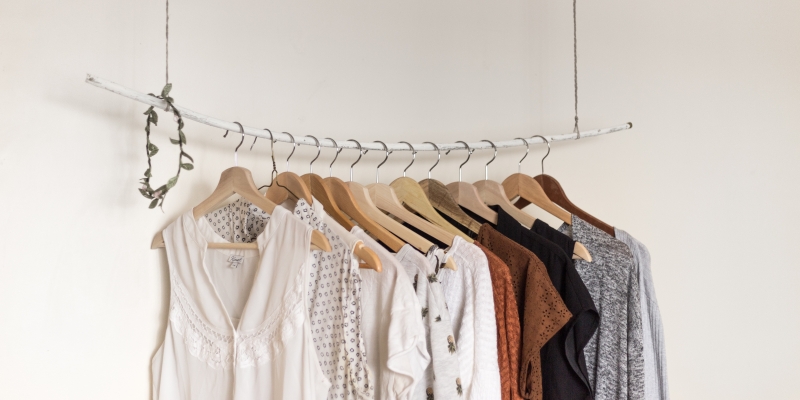About the Need for even more Receipts, Cookbooks and Agricultural Data
Hangzhou, 06/12/2018. Today I went shopping in an Alibaba showcase shop, and later in a hema market in Hangzhou, China.
RFID and face-recognition
The showcase was about RFID and face-recognition: When entering the shop, the doors open only after face recognition and credibility control checks. You walk through the shop, pick up the things you want to buy, and go to the exit when you’re done. There is no cashier. You walk through an RFID-Sensor, that you already recognise from most malls, and then there is another face recognition check. The door opens and you are good to go. The amount of your purchases will be drawn automatically from your account. Very convenient, but – with regard to privacy – scary, too.
The hema market does not have face recognition. At least, you don’t know it. It seems to be a common, but very orderly gr
ocery store. All goods are beautifully presented in lots of transparent plastic cases. Very often, there are scancodes on all the cases and plastic wrappers. Store employees are whirring around – about a third of all the people in the store, and noticeable by their uniform-like mint-blue poloshirts. The rest are customers, like me. Suddenly, a rattling sound comes from the ceiling – and a bag flies by onto the ceiling-mounted conveyor belt.
Automated service
And then, I can see what all those employees are doing: holding their smartphones in their hands they are packing bags. When a bag is full or the order is complete, they proceed to one of many pillars in the hall, where the conveyor belt entry-points are placed. With a lift resembling a coat hanger, the bag is pulled into the air and transported out of the store – either into a cooled delivery zone, where the bags wait for pick-up, or into another zone, were drivers take the bags and drive them to the buyer’s home. This service is offered in about a 2-mile radius from the shop.
When you prefer to see what you’re buying or when you enjoy shopping as a process of inspiration like I do, you can enter the shop anyway. You take your smartphone, scan the codes on the plastic cases or wrappers, and the hema app will give you more detailed information. First: where does this product comes from? You can see which farmer grew it or which fisherman trawled it. So far, it is text only. You can see the time and date when it was caught (seafood: typically less than 8 hours ago) or harvested. In addition, you can see the whole supply chain, and thus find out how and when it was transported to this particular store, before being placed on the shelf.
Not only shopping but cooking as well
More interestingly, the app offers you several recipes and recommendations, and how to prepare a dish with this special type of food. And if you are really hungry or enjoy the experience, you can go to one of the showcase kitchens at the back of the store, where a chef will cook the whole thing for you.
Of course, this could additionally be pimped up with advertisements or native content on the farmer/fisherman, data on the field where it was grown (quality and components of the earth, climate etc.) and for those who care, the fertilizer, herbicides and pesticides etc. If I may get a little cynical here, you might even develop a movie about the life and times of the animal (the cow or chicken that was) …
AI-based recommendation engines
And of course, one could add AI-based recommendation engines, which not only show a few random recipes, but the ones that you would personally enjoy most, depending on your taste, the time and the weather.
In addition to the cooks in the kitchens, I would offer “supervised cooking” – short format cooking training, based on how-to-videos, where a chef helps you with the cooking right there in the store, if you are struggling with the product. And next time, you will be able to cook it at home – to the great excitement of your family. Wow! How healthy our diet will become!
The really good news for media companies
Hema stores need lots and lots of professional content! – the farmers and fishermen will need support – and in the long run, perhaps even the different logistics partners used in the supply chain, if they want to differentiate themselves.
Photo by Priscilla Du Preez on Unsplash
Knut Nicholas Krause M.Sc., CEO and founder of knk, has been active as an IT consultant for medium-sized companies since 1986. As the son of a director of the Frankfurter Allgemeine Zeitung, he founded knk in 1988 and specialized in the development of knkPublishing, the only Microsoft certified publishing software worldwide. He is a visionary who explores industry trends within the publishing industry and incorporates them into the development of knkPublishing.

Leave A Comment